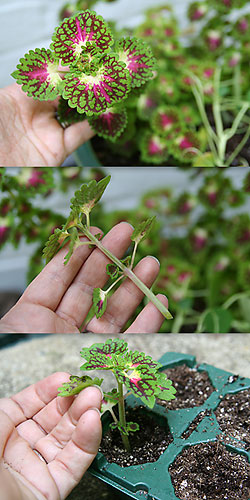
“I purchased rose seeds on [online] and didn’t know they were from China till they shipped (rose image above). I’d love it if you could tell me if they are or are not rose seeds. I’m new to roses, and knowing if these are or are not rose seeds will be very helpful. Thank you so much! :)” Question from Bradley of Cleves, Ohio
Answer: You can plant your rose seed, but they will not mature, as shown in the picture. Many misleading plants and seeds are sold online, and this is one of them. The rose shown in the advertisement is a rambling hybrid climber with beautiful double red roses. It is not seed-grown. All hybrid roses available today are specially bred varieties grown from rooted cuttings or cuttings grafted onto a rootstock (probably a bit too much technical information). To put it plainly, rose cuttings are snipped off stem tips taken from hybrid roses. These are then dipped in a hormone that helps them root, and placed in lightly moist soil until they root and can be potted up and eventually planted into the ground.
Growing roses from seed is rare unless you are a rose breeder. Seed-grown plants will be variable in appearance and take a long time to grow. There are a few reliable seed vendors that sell rose seed, such those of ‘Angel Wings’ miniature roses from Renee’s Garden Seeds, but these sources are not common. Buy full-grown plants instead. They may be a bit more expensive but well worth the investment.
Choose Reputable Companies
Buying from a trusted seed or plant source means everything. Here are my four favorite rose growers proven to provide healthy, beautiful plants.
1. David Austin Roses – This English rose company is famous for selling some of the most beautiful, vigorous, disease-resistant roses. (They are the best!!!)
2. Star Roses – If you want attractive, highly disease-resistant shrub roses, this is the go-to source.
3. Weeks Roses – Weeks is a famous American rose company with excellent varieties. You can’t go wrong with their selection and quality.
4. Jackson & Perkins – This old-American rose company has lots of wonderful varieties.
For a little extra information about choosing roses and growing them organically, watch the video below.
Starting Roses from Seed
If you want to try starting your rose seeds, they need to be chilled to enable them to sprout. Plant them in pots or a small tray of vermiculite that is just moist, not wet. Place the pots or vermiculite in a plastic bag and then chill them in the refrigerator fr 10-12 weeks. Then remove them and place them under grow lights or in a sunny window. Keep the vermiculite just moist. Ambient room temperature is ideal. They may take several weeks to sprout. Placing them on a heat mat can encourage faster germination.
Happy rose growing!
Jessie Keith
Black Gold Horticulturist


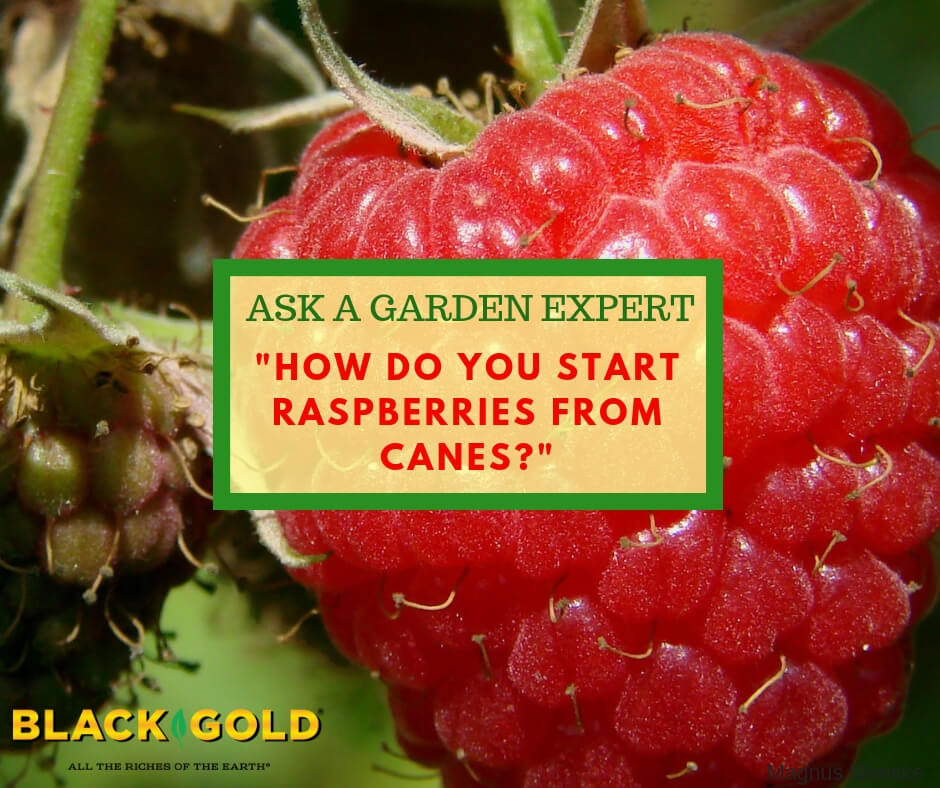
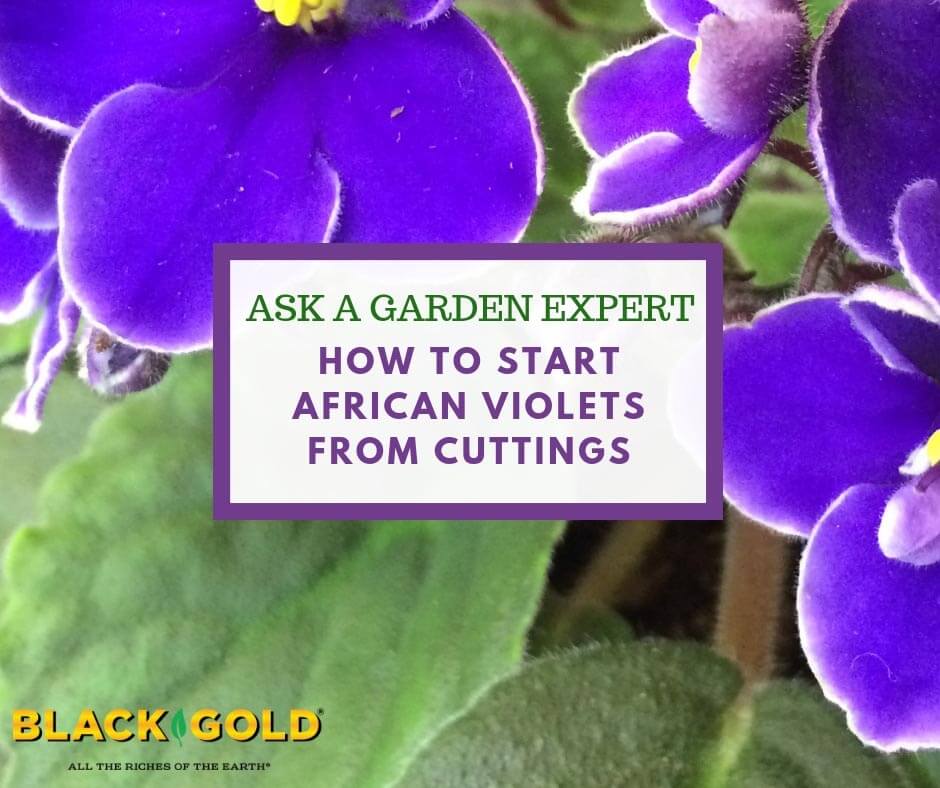
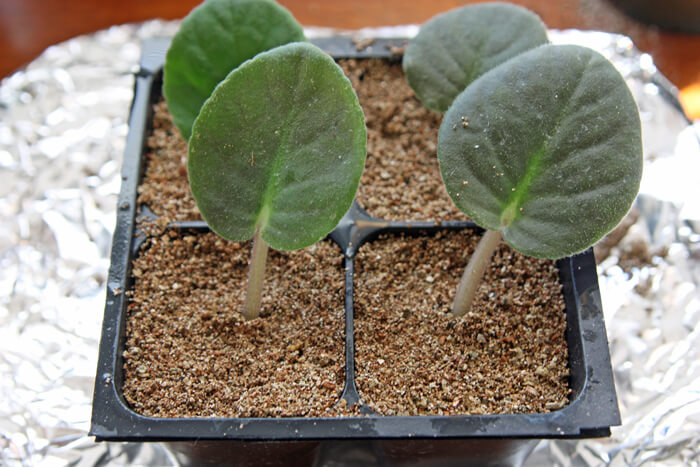
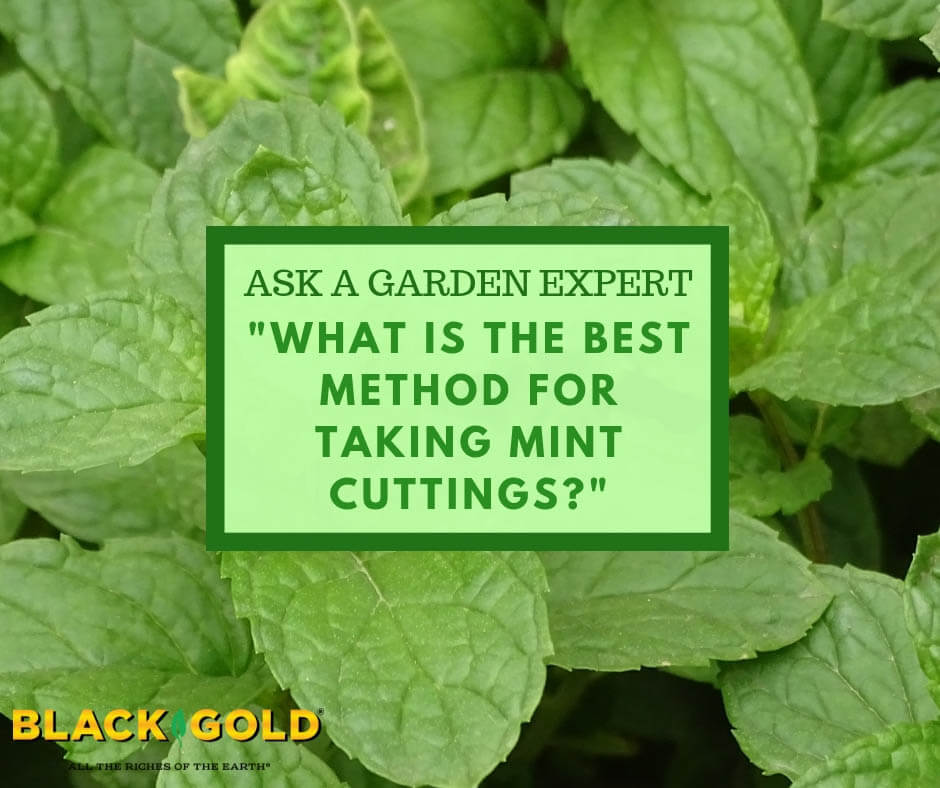

 Black Gold® Seedling Mix is made with the same ingredients we use to make our seedling/propagation mixes for professional greenhouse growers. Germinating your own seeds or rooting your own cuttings is a rewarding experience and one of the great delights of gardening. So, when you are faced with the question, “Why buy a premium seedling mix?” the answer is clear. Black Gold® Seedling Mix is high-performing and results in robust seedlings and cuttings. Why trust your seeds to anything else?
Black Gold® Seedling Mix is made with the same ingredients we use to make our seedling/propagation mixes for professional greenhouse growers. Germinating your own seeds or rooting your own cuttings is a rewarding experience and one of the great delights of gardening. So, when you are faced with the question, “Why buy a premium seedling mix?” the answer is clear. Black Gold® Seedling Mix is high-performing and results in robust seedlings and cuttings. Why trust your seeds to anything else?